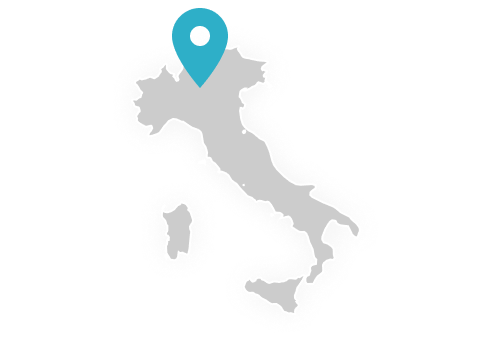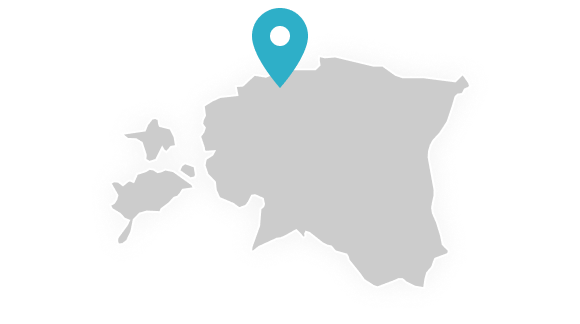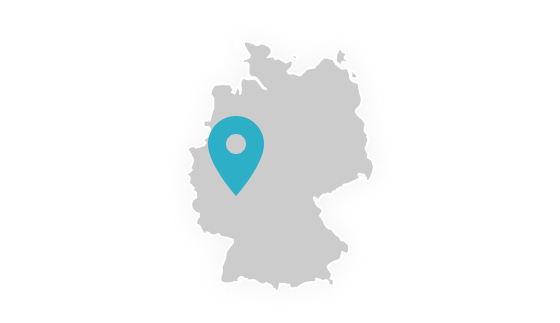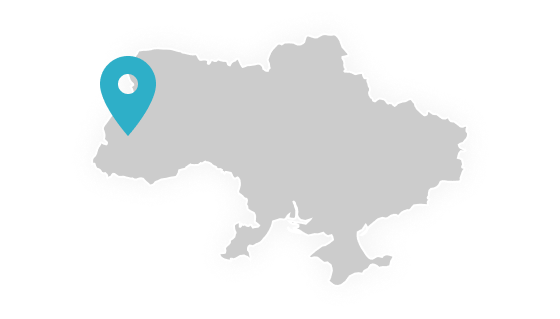Mapping solutions have become indispensable tools at the intersection of business and technology, providing organizations with invaluable insights into their internal and external services. From optimizing operations to enhancing decision-making, these solutions play a pivotal role in today’s dynamic business landscape. This article delves into the intricacies of mapping solutions, shedding light on how they work, their key capabilities, benefits, and the critical decision-making processes involved in their implementation.
HOW DOES SERVICE MAPPING WORK?
At the core of business mapping solutions is the intricate process of service mapping. This methodology aims to provide organizations with a comprehensive understanding of how applications and systems deliver internal and external business services. The process involves several key steps:
Discovery: Gathering data on all components within the IT environment, such as servers, databases, applications, and network devices. This can be achieved through automated discovery tools, manual inventory, or a combination of both.
Identification: Accurately identifying and classifying the discovered components based on their functions and roles within the IT infrastructure.
Relationship Mapping: Establishing relationships and dependencies between identified components, including both direct connections (e.g., a server hosting a specific application) and indirect connections (e.g., a database supporting multiple applications).
Service Definition: Defining the various IT services the organization provides, whether customer-facing or internal, and mapping the components supporting each service.

Visualization: Representing the mapped relationships and services in a graphical format, often using specialized software. This visual representation, known as a service map or dependency map, provides a clear view of the IT infrastructure and its interdependencies.
Maintenance and Updates: Regularly maintaining and updating the service map to ensure accuracy and alignment with changes in the IT infrastructure, such as additions or removals of components or service reconfigurations.

KEY CAPABILITIES OF SERVICE MAPPING
Service mapping boasts several key capabilities crucial for effective IT infrastructure management:
Visibility: Providing a clear and comprehensive view of the entire IT infrastructure, including hardware, software, applications, and services. This enhanced visibility aids in making informed decisions and optimizing service delivery.
Accuracy: Ensuring that the information contained in the service map is accurate and up-to-date, facilitating effective issue management, resource optimization, and future capacity planning.
Efficiency: Enabling IT teams to efficiently troubleshoot and resolve issues by offering a clear view of the IT infrastructure and its interdependencies. This, in turn, reduces the time spent on diagnosing problems and minimizes downtime.
Multi-Cloud Support: Recognizing the growing adoption of cloud-based services, service mapping tools support multi-cloud environments, offering a unified view of the organization’s entire IT landscape.
BENEFITS AND USE CASES OF SERVICE MAPPING
Service mapping proves its utility by providing a comprehensive understanding of an organization’s business services. From improving operations management to enhancing risk management, the benefits include:
Meeting SLAs and Uptime: Ensuring services meet Service Level Agreements (SLAs) and maintaining high uptime.
Improving MTTR: Enhancing Mean Time to Resolution (MTTR) by efficiently identifying and addressing issues.
Risk Management: Proactively detecting, tracking, and eliminating security and audit compliance failures.
Innovation: Innovating more frequently through improved knowledge of inventory and infrastructure relationships.
Business-Capability Mapping: Enabling a holistic understanding of an organization’s capabilities for improved business process mapping.

SERVICE MAP LIFECYCLE PROCESS
Implementing service mapping involves a structured lifecycle process, ensuring its relevance and accuracy throughout its existence. Key steps in this process include:
Cross-Functional Team Creation: Establishing a cross-functional team with expertise in managing and depending on different components of the service, along with IT administrators knowledgeable about the systems involved.
Mapping Template Definition: Defining the mapping template, including map orientation, structure, naming conventions, and additional standards for each service.
Level of Detail Determination: Deciding the level of detail to be captured by the service map to support service management practices while avoiding unnecessary complexity.
Specific Services Selection: Choosing specific services for mapping based on criteria such as top customer-facing services and those requiring major near-term changes.
Right Service Mapping Software Selection: Choosing the right service map solutions architects that aligns with organizational needs.
Understanding Facilitation: Ensuring the map is easily understood across IT and business leaders using techniques like dependency structure matrix (DSM) and hyperlink documentation.
Maintenance Implementation: Implementing service map maintenance to guarantee continuous accuracy aligned with changing service structures and environments.
CONCLUSION
Map business solutions are not merely tools but strategic assets that empower organizations to navigate the complexities of the digital age. From service mapping to choosing the right IT mapping software, organizations that leverage these solutions gain a competitive edge by fostering innovation, optimizing operations, and ensuring a comprehensive understanding of their IT infrastructure. As technology continues to advance, the synergy between mapping solutions and organizational objectives will become increasingly critical, driving efficiency, resilience, and growth across diverse sectors. Embracing mapping solutions positions organizations for success in an interconnected world where spatial awareness is key to thriving in a dynamic business landscape.







